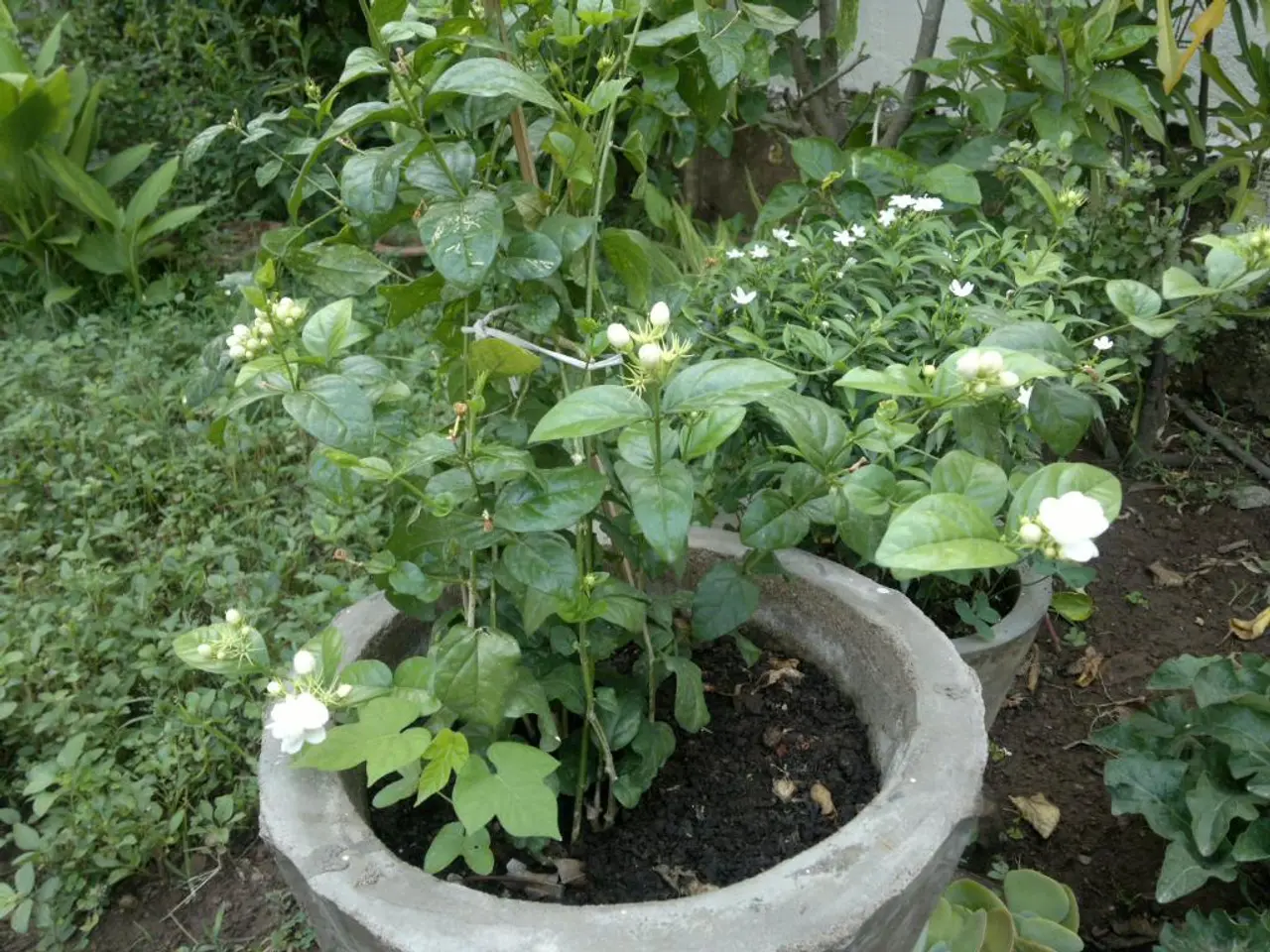Digital Mindfulness Exploration | Cultivating Mindfulness in the Modern World
In the modern world, psychologist Daniel Goleman and behavioral scientist have observed a decline in face-to-face interactions due to the prevalence of smartphones and technology. This observation is echoed by mindfulness coach Burcu Yapar, who notes that excessive digital stimulation poses a challenge for the nervous system, leading to a loss of focused attention.
To combat these effects, various strategies can be employed to practice digital mindfulness and maintain a balance between screen time and mindfulness in daily life. One such strategy is the use of meditation and mindfulness apps, such as Headspace and Calm, which offer structured, brief, and personalized mindfulness training sessions.
Another key strategy is setting clear boundaries for screen time. This could involve scheduling digital detox periods, such as during meals, before bedtime, or a full day weekly, to disconnect completely from devices.
Offline mindfulness activities, such as meditation, deep breathing, yoga, or social interaction in person, also play a significant role in reducing stress and improving mental clarity. Engaging in these activities complements digital mindfulness practices.
Awareness of one's digital habits is crucial. This can be achieved by using built-in screen time tools or apps to track usage. Mindful consumption means choosing positive, inspiring, and educational content while avoiding mindless scrolling or negativity.
Physical movement, such as walking or stretching, is also important in balancing screen time. It helps offset sedentary time and supports mental well-being.
Wisely using technology is another important aspect. This involves integrating productivity tools and mindfulness apps tailored to your goals, and avoiding excessive multitasking or fragmented attention on devices.
Reflecting regularly on one's digital use and mindfulness practice is essential for maintaining a healthy balance that supports overall well-being.
Gardening, an activity that prioritizes physical health and provides moments to celebrate small successes, relieves stress, and brings a wholesome sense of wellness and wellbeing to the mind, body, and soul, is one such offline activity. It gives the mind a chance to take a deep breath.
The average American adult spends about eleven hours daily interacting with digital media, according to market-study research group Neilsen. Teens in society spend an average of seven hours looking at a screen every day, while children from ages eight to twelve spend almost five hours.
In essence, digital mindfulness means harnessing technology to support mindfulness and well-being—through guided meditation apps and purposeful screen use—while intentionally incorporating offline mindfulness, limits, and physical activity to reduce the negative effects of excessive screen time. This balanced approach promotes mental clarity, reduced stress, and healthier digital habits in daily life.
For those looking to start their journey towards digital mindfulness, an interview with Charlie Hall explains the wonders that gardening does for human mental and physical health. Amy Howell, Ph.D., suggests that awareness, reflection, and intentionality are tools to remain connected and find space in a digitally crowded world. Reading an article with 7 Ways to Unplug & Enjoy Life More can also help in beginning the process of "unplugging".
[1] Headspace. (2021). Headspace. Retrieved from https://www.headspace.com/ [2] Calm. (2021). Calm. Retrieved from https://www.calm.com/ [3] Greater Good Science Center at Berkeley. (2021). Greater Good in Action: 20-Minute Exercises to Build Happiness and Strength. Retrieved from https://ggia.berkeley.edu/ [4] American Psychological Association. (2021). Stress in America: The Impact of Technology. Retrieved from https://www.apa.org/topics/stress/tech [5] Psychology Today. (2021). Mindful Tech: How to Bring Balance to Our Digital Lives. Retrieved from https://www.psychologytoday.com/us/books/mindful-tech-how-bring-balance-our-digital-lives
- One effective strategy for digital mindfulness is using meditation and mindfulness apps like Headspace and Calm, offering personalized mindfulness training sessions.
- Setting clear boundaries for screen time, such as scheduling digital detox periods, can help maintain a balance between screen time and mindfulness.
- Offline mindfulness activities, such as gardening, can provide moments of relief from stress and contribute to overall wellness.
- Reflecting on one's digital habits and mindfulness practice regularly is essential for maintaining a balanced approach to well-being.
- Engaging in physical activities like walking or stretching can help offset sedentary screen time and support mental well-being.
- Wisely choosing positive, inspiring, and educational content, while avoiding mindless scrolling, is a key aspect of mindful consumption.
- A Combination of purposeful screen use, offline mindfulness activities, and physical exercise is central to digital mindfulness, promoting mental clarity, reduced stress, and healthier digital habits.




